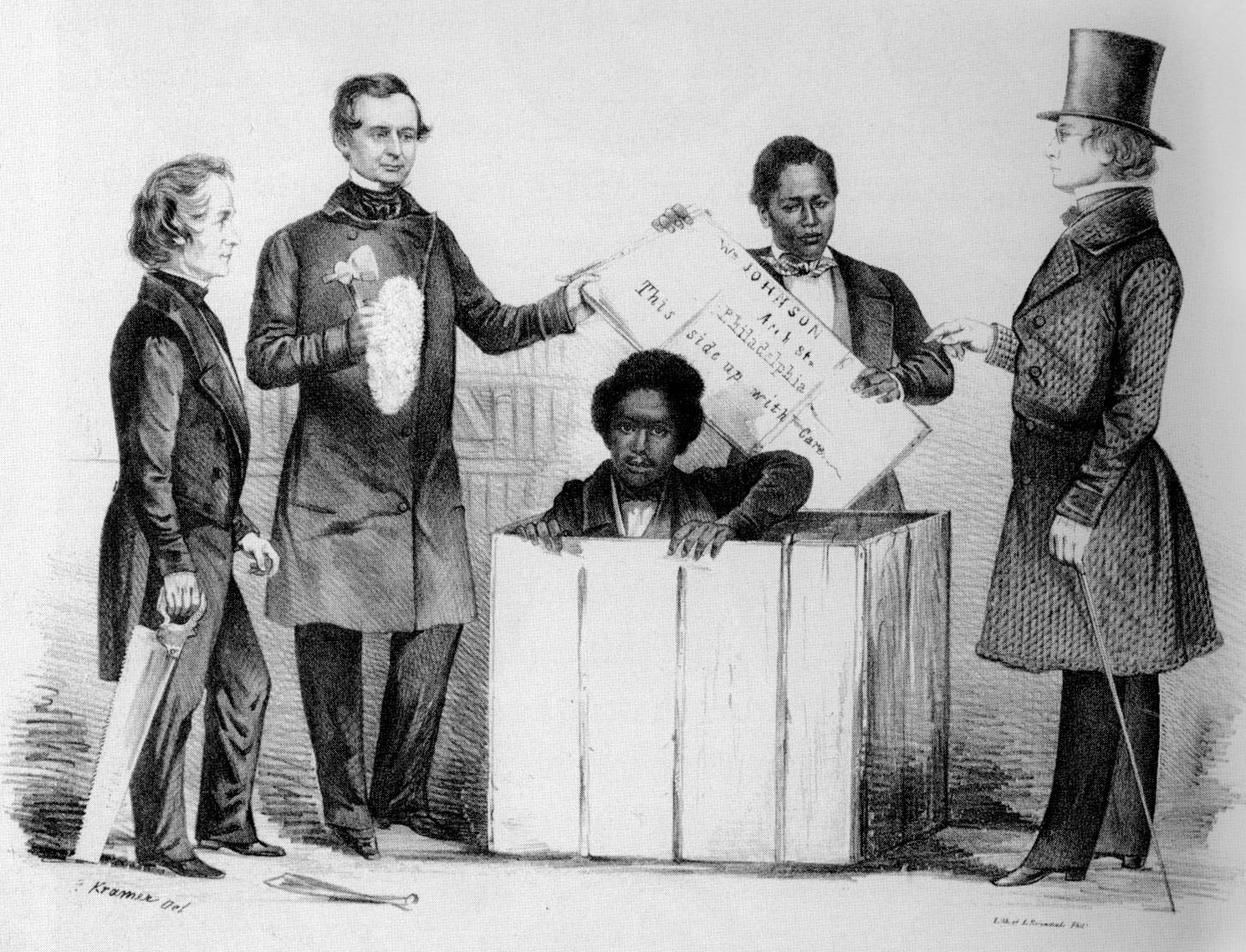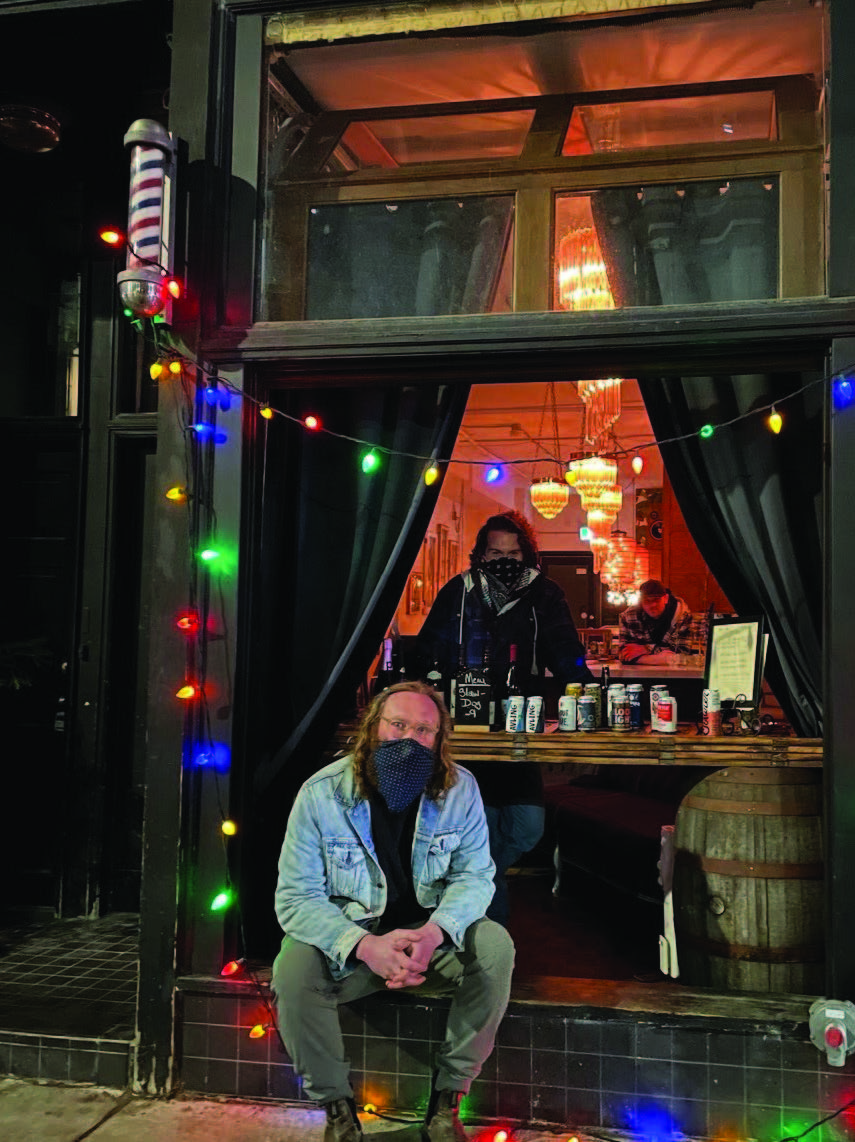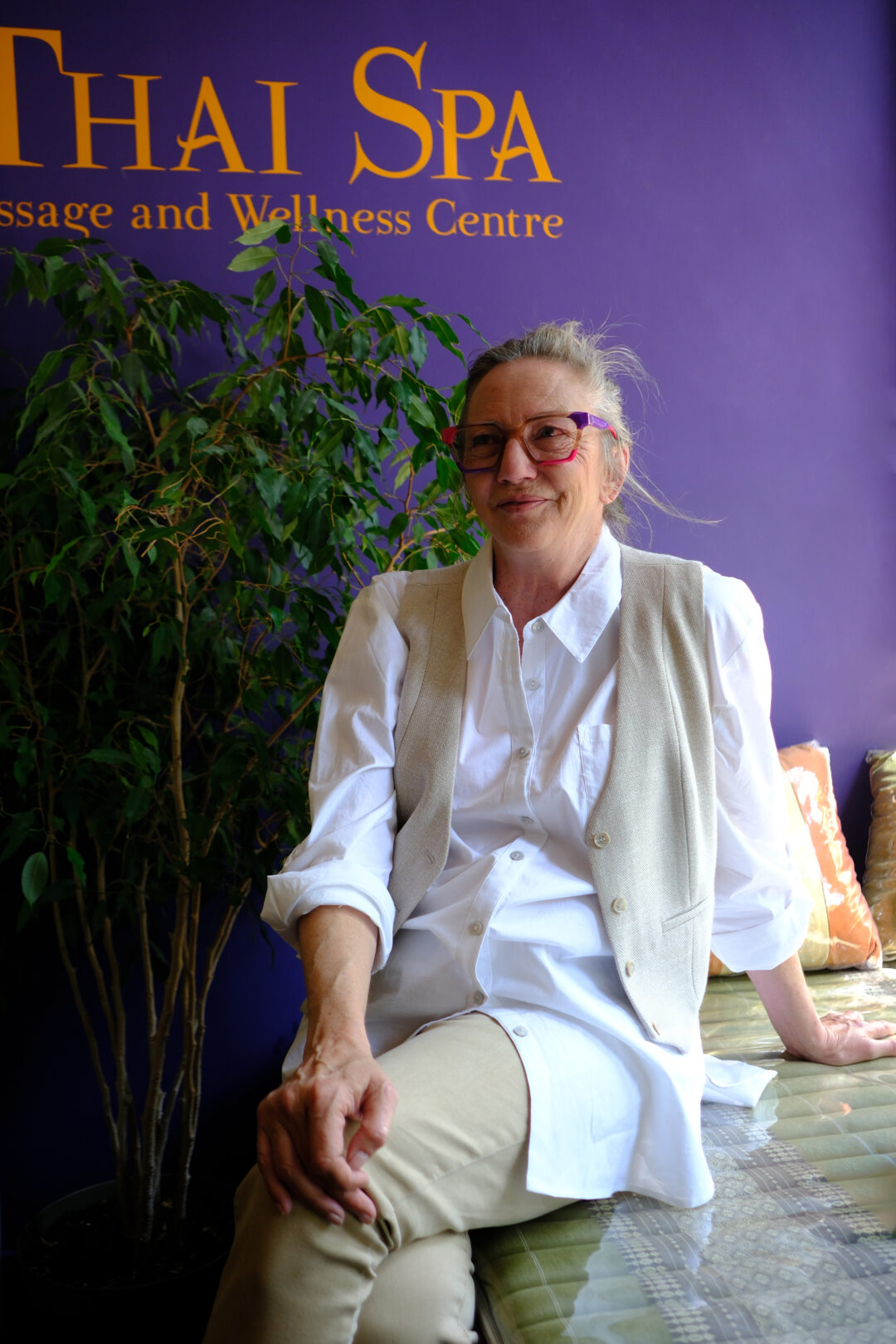By Coralina Lemos, Historian & author, corktownhistory.com –
Almost a year ago, Toronto history enthusiast Adam Wynne emailed me to ask if the connection of Henry ‘Box’ Brown to Bright Street had been “explored further and verified with certainty.” The email also went to Pancheta Barnett of the East York Historical Society. From that day the three of us collaborated on preliminary research.
Henry Brown, a slave in Virginia, was determined to live as a free man following the sale and relocation of his wife and three children to another plantation. It took Brown about five months to prepare and organize his escape. After procuring a carpenter to build a box he enlisted the help of James C.A. Smith, a friend, and shopkeeper Samuel A. Smith (unrelated)
to help.
On the morning of March 23, 1849, Brown stepped into a wooden box approximately three feet long, two feet wide, and two feet, eight inches deep. Also inside was a hat to fan himself, water and a few biscuits. When the lid was secured with wicker hoops, the 200-pound human cargo began its hazardous journey to Philadelphia.
Contorted in almost complete darkness, Brown saw this as his only opportunity to escape. The box was transported by rail, steamboat and wagon until it arrived some 27 hours later at the office of the Philadelphia Anti-Slavery Society. One of four society members witnessing the uncrating was the legendary William Still, who documented more than 800 Underground Railroad escapes in a journal.
From the day he stepped onto free soil – Pennsylvania having ended slavery two years earlier – Brown became somewhat of a celebrity. His heroic feat, which gained him the by name of Henry ‘Box’ Brown, would be recited, studied, and footnoted by scholars and researchers.
Once a free man, Henry Box Brown made it his mission to inform people about slave life. Sometimes he used moving panoramas, a popular form of entertainment consisting of large hand-painted backdrops that were rolled up; as the speaker changed topics the scene would be unscrolled.
Following passage of the federal Fugitive Slave Act 1850, which required that slaves be returned to their owners, Brown sailed for England. During 25 years abroad he married, had a family and earned his living as an entertainer.
After the Civil War ended U.S. slavery and the passing of the Civil Rights Act to prohibit racial discrimination, the Browns emigrated to the United States in 1875. But within six years they are known to have been residing in Ontario.
Travelling to various cities, Henry performed as a magician and hypnotist, sometimes enlisting family members. In 1887 “The Brown Family” was part of a benefit concert at St. Lawrence Hall, around the time they were residing at Bright Street, near King and Sumach Streets.
Discussions are underway on how to recognize Henry ‘Box’ Brown’s story and his connection to Historic Corktown. For more information, email [email protected]




